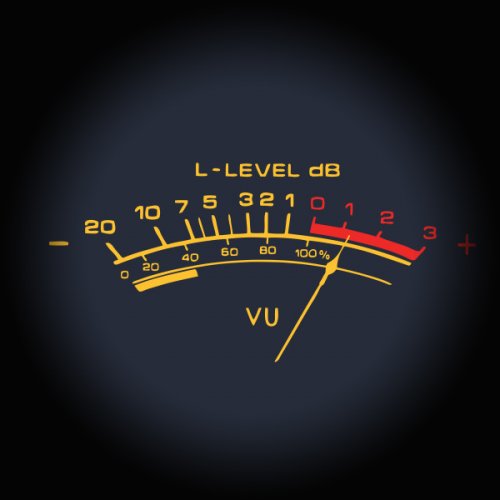Samplecraze Headroom & Dynamic Range TUTORIAL
Headroom and Dynamic Range video tutorial explains what headroom and dynamic range are and how to measure them within your DAW.
The two most important areas in audio recording and mixing are Dynamic Range and Headroom. Your entire mix should be governed by these two critical factors. The ear/brain combination needs ample dynamic range in music to maintain interest.
Headroom
Headroom is the difference between an audio tracks peak level (when the meter is displaying its highest value) and 0 level (ceiling) on the output meter. Let me give you a simple analogy I always use to explain headroom to my students. You are 6 feet tall and you enter a room that is 10 feet high. You have 4 feet of headroom. I know it’s simplistic but it works for me.
Dynamic Range
In digital audio, we are concerned with two values: the noise floor which is the lowest or quietest value, and the ceiling which is 0. This difference between the noise floor and ceiling is what we refer to as dynamic range. In layman’s terms think of this as being the difference between the quietest and loudest part of an audio signal.
Bit depth
Let us now look at the afforded dynamic range available in your DAW:
Using the old ballpark calculation of 6 dB/bit we can ascertain that a 16-bit system will have a dynamic range of 96 dB whereas a 24-bit system can accommodate a range of 144 dB. These are not absolute figures and you will invariably find that the range is actually compromised and the figures are less than quoted. In a typical 24 bit system, a 120 dB range is more accurate, but this is not gospel and is dependent on a number of factors. As far as we are concerned we only care about the extended headroom and wider dynamic range.
Summing
When identical frequencies that exist in two different layers (channels) are combined, you invariably get a gain boost at those frequencies.
If you take two sine waves of the same frequency and amplitude, and sum them you will get a gain increase of 6 dB (example below).
The waveform on the top is at ‑9 dB, and when duplicated and summed into a new single mono file we get a value of ‑3 dB. This is important information to take on board and nail into your brain: you can imagine what happens when you have a mix with a huge number of channels all summing and clipping the output simply because shared frequencies are always summed at the output.
In the Headroom and Dynamic Range video, I explain what dynamic range, headroom, and summing are and how to measure them.
The plugin used in this video:
Steinberg Cubase
Topics covered in this video are:
- What is Headroom
- What is Dynamic Range
- How to control Dynamic Range
- Measuring Dynamic Range
- Allocating Headroom
- Techniques to optimise Headroom
- Pre Gain Structuring
- Understanding Meters and readouts
- Understanding Summing

